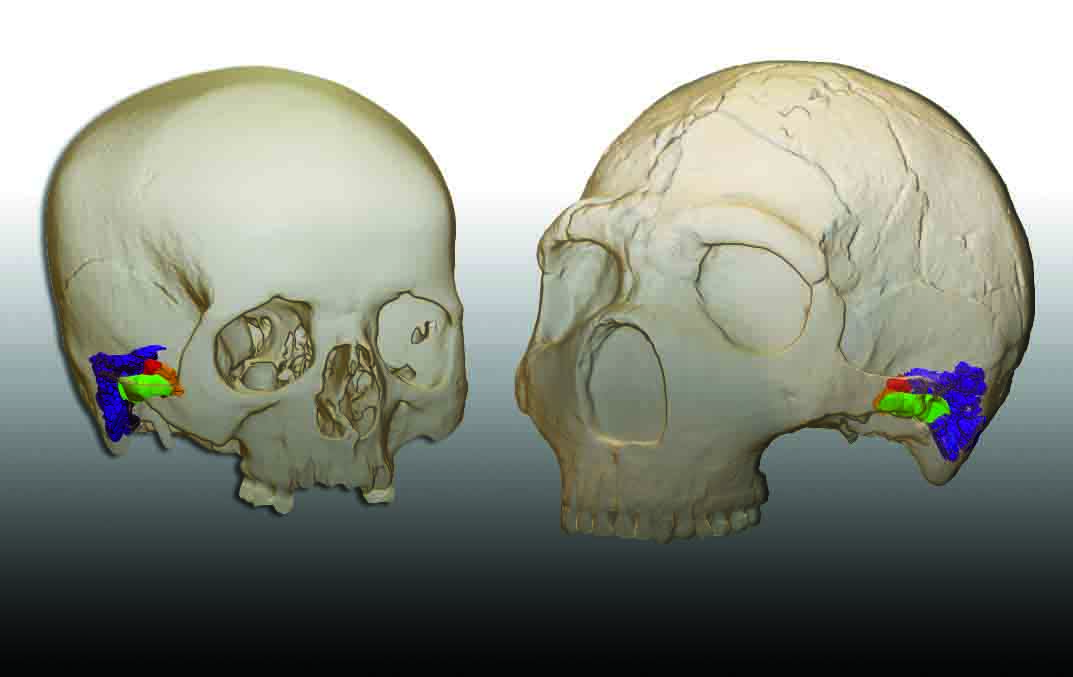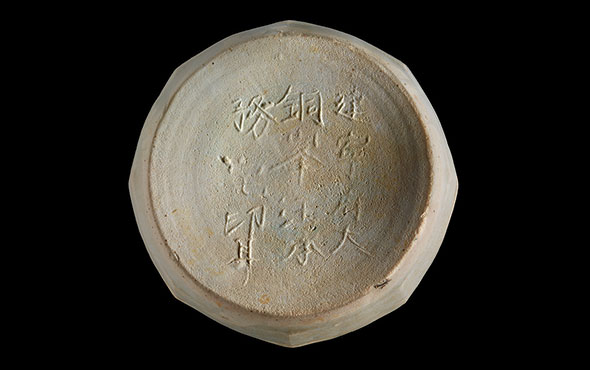
TÜBINGEN, GERMANY—According to a Science News report, researchers led by paleoanthropologist Katerina Harvati of the University of Tubingen analyzed information collected from more than 100 Neanderthal skulls and 90 Upper Paleolithic modern human skulls and found that the two species suffered head injuries at about the same rate. It had been previously suggested that Neanderthals were more prone to head injuries when compared to modern humans, based upon what was assumed to be a lifestyle filled with combat, hunting with hand-held weapons, and cave bear attacks. The investigation, which accounted for sex, age at death, geography, and state of preservation of the bones, does suggest, however, that males were more frequently injured then females in both species. And while the levels of head trauma for the two groups were similar overall, Neanderthals may have experienced more head injuries earlier in life than modern humans did, and they may have died more often from those wounds. For more, go to “Decoding Neanderthal Genetics.”










